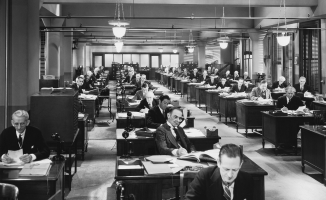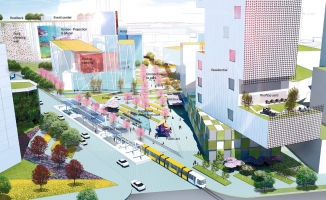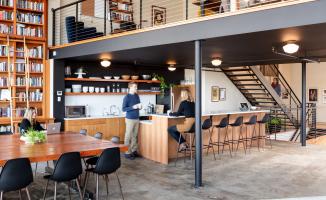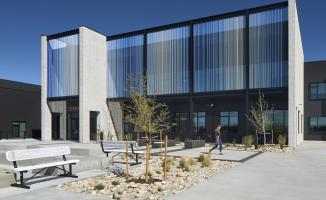Radical Innovations: Delivering a Circular Workplace

This following blog is based off of the presentation, "Radical Innovations: Delivering a Circular Workplace," given by Cuningham Director of Strategy Gary Miciunas and Co-founder and Co-CEO of Epicycled Celeste Tell at the 2023 IFMA Facility Fusion Conference in San Francisco.
The current built environment design process is defined by raw material extraction and landfill disposal. Making the shift from one-way, linear supply chains to closed-loop systems requires radical innovations. As companies increasingly look to their real estate portfolios for opportunities, there are several key factors to consider when delivering a circular workplace.
The Limitations of Single Use
One of the most critical steps to achieving circularity in the workplace is transitioning from single use to multiple use cycles.
In our current linear economy of “take-make-waste,” resources are taken from the ground to make products which are used until no longer needed, at which point they are discarded. This single use approach also currently defines our built environment—especially our workplaces.
Currently, construction & demolition (C&D) waste comprises 25-30 percent of the nation’s landfills. According to EPA data from 2018, this equates to 18 million tons of C&D waste annually in the United States. In the European Union: 11 million tons.
All of this waste is the result of a single-use design and construction process that is complicated and fragmented, has commodified products and services, and rewards the lowest bidder. And while this process is based on a known set of inputs (programming and pre-design, design, contract documents, engineering, permits, and construction), it is also seen as predictable and familiar. Despite giving us the illusion of technical control, the range of solutions it allows is actually quite narrow.
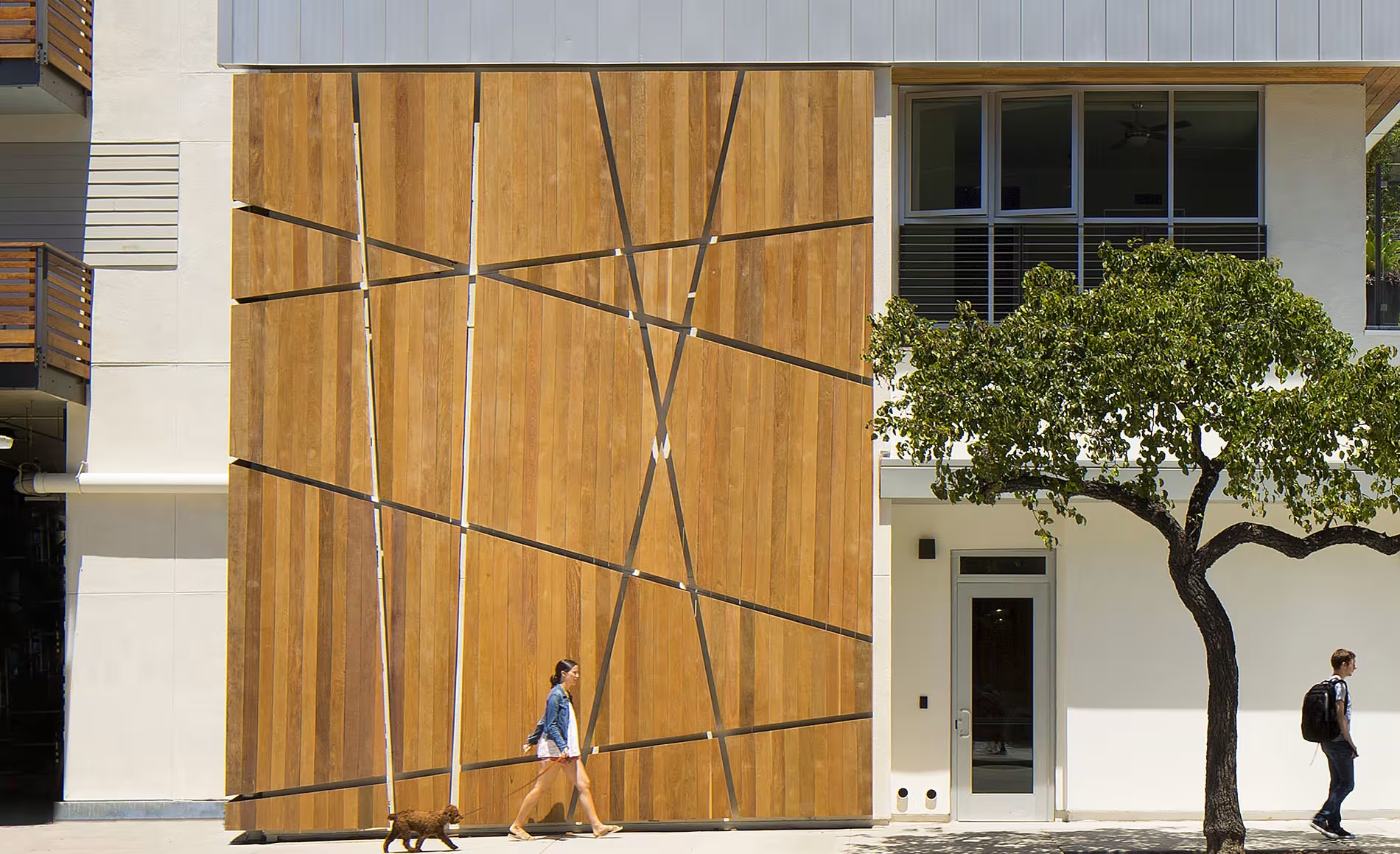
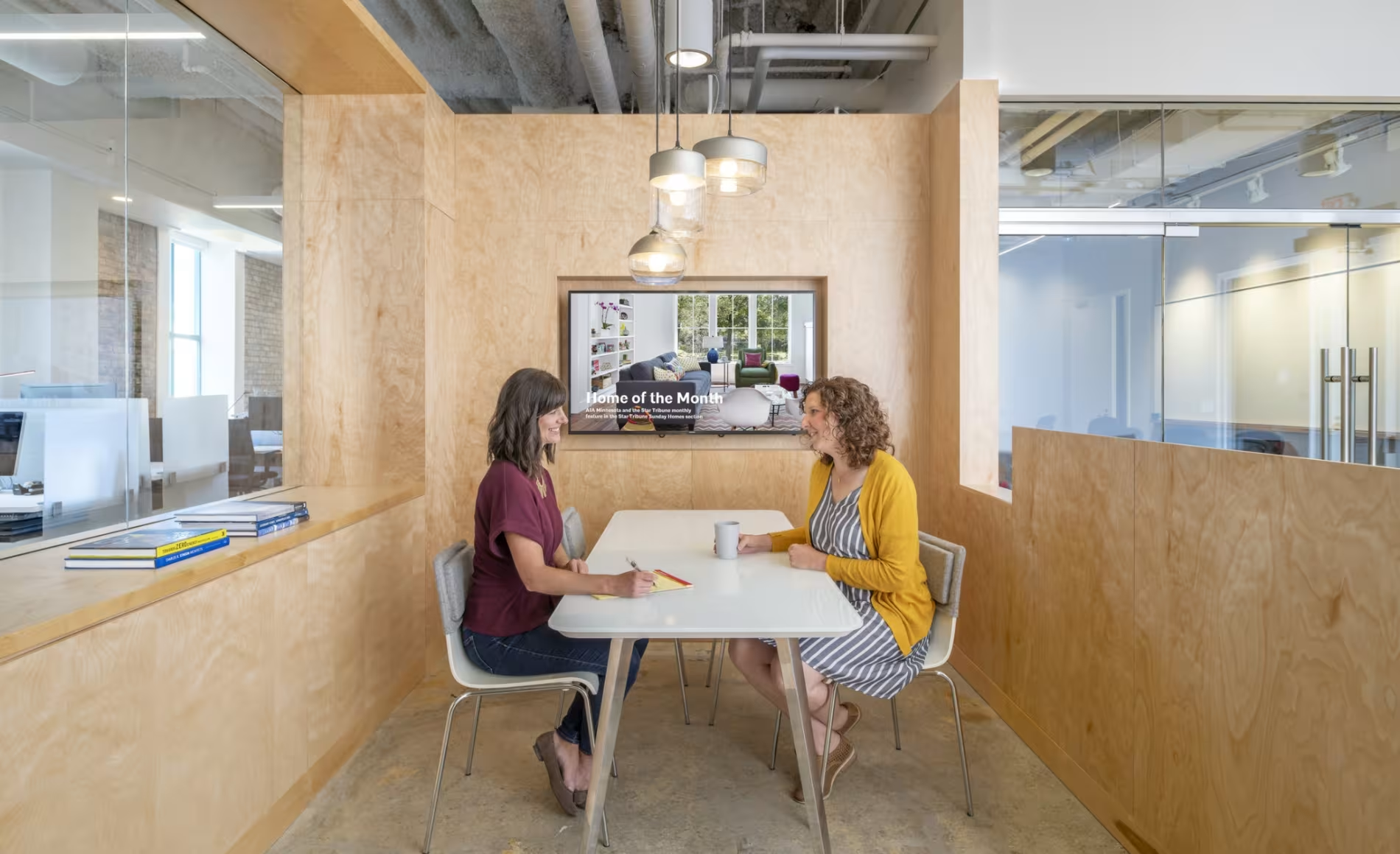
Embracing Uncertainty
Our current reality is defined by unpredictable, disruptive events. And while this may have always been the case, the speed at which information now cycles has breached our collective comfort zones. Let’s call this feeling “radical uncertainty.”
In a world defined by radical uncertainty, everything we once thought was constant and predictable, suddenly isn’t. This is especially true in the built environment. For example, before the COVID-19 pandemic, offices housed the resources necessary to do our jobs. Today, these resources are diffuse—their accessibility has, in turn, made the office just another resource. Now that we can work from anywhere, where we work is not predictable. Let’s embrace this unpredictability.
Of course, with this shift in attitude comes new work behaviors, which in turn drive new demands for high performing workplaces. As we change where and how we are working, we need a different kind of process to deliver workplaces that can change and adapt to changing patterns—our existing single use approach is not up to the task.
A circular design and construction process is complex. Just like living systems, in a circular process dense interdependencies adapt to non-linear change and manage unpredictability. Compare this to linear processes and solutions, which cannot adapt to non-linear change and thus become complicated and inefficient—wasting materials, resources, and time.
In a circular process, we are designing for change to optimize how many cycles we can achieve with the least amount of expenditure of operational and embodied carbon. This process is rooted in the basic principles of the circular economy:
- Designing out waste and pollution
- Keeping products and materials in play
- Regenerating natural systems
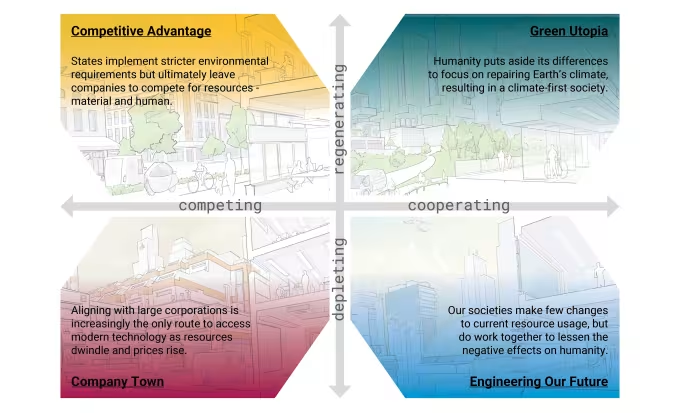
Turning Talk into Action
Because a circular design process needs to envision multiple possible outcomes from the same set of data/information, a good way to start designing for multiple use cycles is to embrace use scenario planning.
Scenario planning is a disciplined method for imagining plausible futures and then generating flexible, long-term plans based on those alternative end states. Think of it as creating different roadmaps to a range of diverse futures.
Cuningham recently engaged in a scenario planning exercise to develop a long-term, comprehensive outlook for the design of work. The goal of this exercise was to leapfrog the trappings of many “post-COVID” design discussions, which often focus too closely on short-term predictions rather than long-term solutions.
Questions raised during this process included: “Should we simply return to the office, or do we have an opportunity to reset the idea of workplace?” and “How can we design a meaningful and equitable work experience beyond the physical space?” Although we used scenario planning to focus on the workplace, scenarios can be developed to address potential futures for any organization. Check out our results!
Radical Thinking Leads to Radical Innovation
Our conventional, linear process emphasizes incremental and sustaining innovation. Incremental innovation includes gradual, continuous improvements on existing products and services. Sustaining innovation represents a significant improvement on an existing product or service that aims to sustain the position in an existing market.
Radical innovation, on the other hand, represents technological breakthroughs that can transform industries, often creating new markets. An example of a radical innovation is the original iPhone. No surveys or focus groups identified a “need” for an iPhone. In fact prior to the iPhone, people were pretty satisfied with their palm pilots. Today, however, it is hard to imagine a world without smart phones. This is how radical innovation can change industry-wide thinking.
Within the workplace, one example of radical innovation might be the “Metaverse.” Another may be a fully integrated systems design approach. In a linear process, elements like a building’s skin, structure, services, space plan, and site are considered sequentially. But what if we understood them instead as interdependencies with different life spans? What if our design approach was a kit of parts that featured resource sourcing and distribution and assembly strategies that adapt to multiple scenarios without resulting in carbon waste?
Circular Procurement
In the workplace delivery process, one of the first things to tackle is the procurement process. Looking at your procurement strategies through the lens of organizational values will likely result in different procurement priorities than are currently emphasized.
Look at the business innovation processes of your internal or partner organizations to see if there are approaches you can borrow. A shift to a circular delivery process will also yield new business models. While linear delivery models – and even some sustainability models – can be deployed on a project-by-project basis, a circular workplace delivery model needs a larger ecosystem in which to operate.
